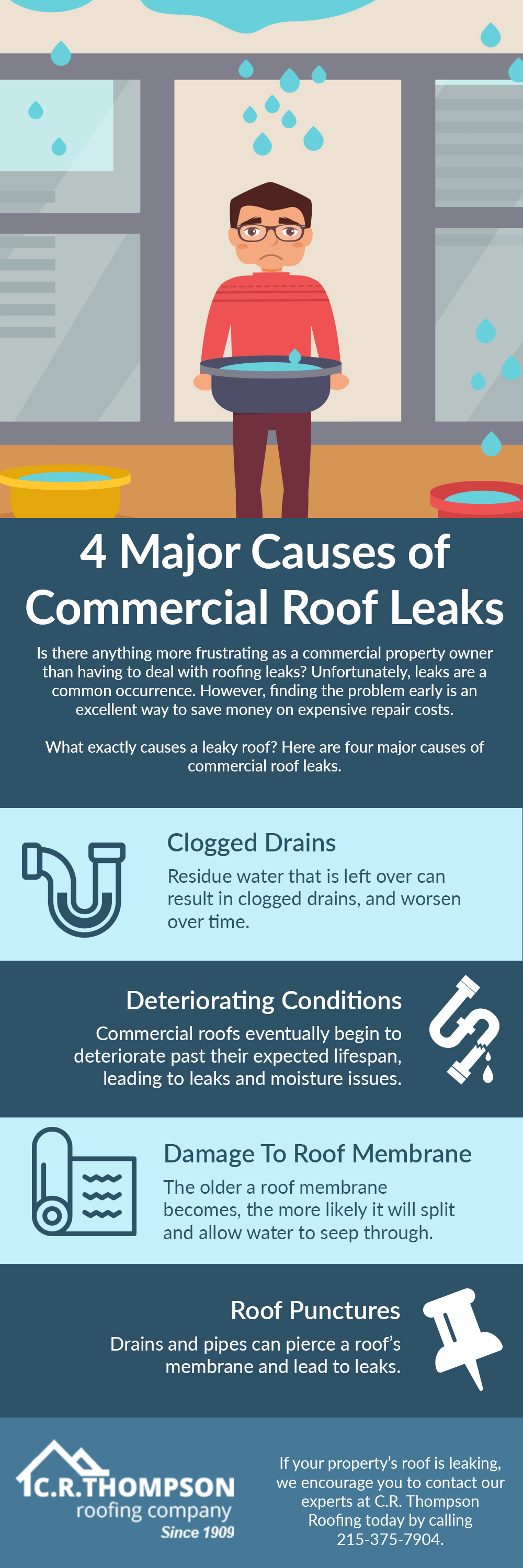Typical Pitfalls In Roof Installation And Ways To Avoid Them
Typical Pitfalls In Roof Installation And Ways To Avoid Them
Blog Article
Written By-Parsons Mark
When you're intending a roofing installation, it's simple to ignore vital details that can result in considerable problems down the line. gutter cleaning service near me could be attracted to reduce corners on product selection or skip correct flashing setup, but these common blunders can lead to costly repair work later on. Recognizing the value of air flow and adhering to neighborhood building codes is vital for a successful project. So, what are the crucial steps you should take to ensure your roof covering stands the test of time? Allow's discover some effective approaches to avoid these pitfalls.
Poor Material Choice
When it comes to roof covering setup, selecting the wrong products can bring about expensive troubles down the line. You may believe that any roof product will certainly do, yet that's an usual misunderstanding. It's essential to pick products that match your neighborhood environment and the certain requirements of your home.
For instance, if you stay in an area with heavy rain or snow, going with asphalt tiles might not be the most effective choice. Instead, take into consideration more sturdy alternatives like steel or slate.
In addition, focus on the high quality of the materials you're taking into consideration. Cheap materials could save you money upfront, but they often do not have longevity and can result in regular repairs or replacements.
You should also consider the style of your home and guarantee the products you pick will certainly preserve its visual charm.
Ultimately, don't fail to remember to seek advice from specialists. They can offer valuable understandings and recommend materials that adhere to local building ordinance.
Investing time in proper product selection currently can aid you avoid frustrations and costs in the future, making your roof project a success.
Inadequate Flashing Setup
Choosing the ideal materials isn't the only aspect that can result in roofing issues; poor blinking installation can likewise develop substantial concerns. Flashing is crucial for guiding water far from prone locations, such as chimneys, skylights, and roofing valleys. If it's not installed effectively, you take the chance of water intrusion, which can lead to mold development and structural damages.
When you set up flashing, ensure it's the ideal type for your roof covering's design and the regional climate. For example, steel flashing is frequently much more durable than plastic in areas with hefty rainfall or snow. See to it the flashing overlaps appropriately and is secured firmly to avoid gaps where water can seep through.
You need to likewise take notice of the setup angle. https://news.thomasnet.com/companystory/a-house-imaginative-dragon-scale-roof-design-realized-with-rheinzink-zinc-panels-40039019 ought to be placed to route water away from your home, not towards it.
If you're not sure regarding the setup procedure or the materials required, speak with a specialist. They can aid identify the best blinking choices and guarantee everything is set up properly, protecting your home from prospective water damage.
Taking these actions can conserve you time, cash, and frustrations in the future.
Neglecting Air Flow Requirements
While numerous house owners focus on the visual and structural aspects of roofing setup, disregarding ventilation requirements can cause severe long-lasting repercussions. Correct air flow is important for controling temperature and wetness degrees in your attic room, avoiding concerns like mold and mildew growth, timber rot, and ice dams. If you do not set up adequate ventilation, you're establishing your roof up for failing.
To prevent this error, initially, assess your home's specific ventilation demands. A balanced system commonly includes both intake and exhaust vents to advertise air movement. Guarantee you've installed soffit vents along the eaves and ridge vents at the top of your roof. This mix allows hot air to escape while cooler air enters, keeping your attic room comfortable.
Likewise, take into consideration the type of roof covering product you've chosen. Some materials may need added air flow techniques. Verify your neighborhood building regulations for air flow standards, as they can differ considerably.
Finally, do not neglect to inspect your ventilation system consistently. Clogs from debris or insulation can hinder air movement, so maintain those vents clear.
Final thought
To conclude, preventing common roof covering setup errors is vital to ensuring your roofing system's longevity and efficiency. By picking the appropriate products for your climate, setting up flashing properly, and addressing air flow requirements, you can stop expensive problems down the road. Do not fail to remember to acquaint on your own with regional building codes and routine regular inspections. With these steps, you'll enjoy a safe, long lasting roof covering that protects your home for several years to come. Happy roof covering!
